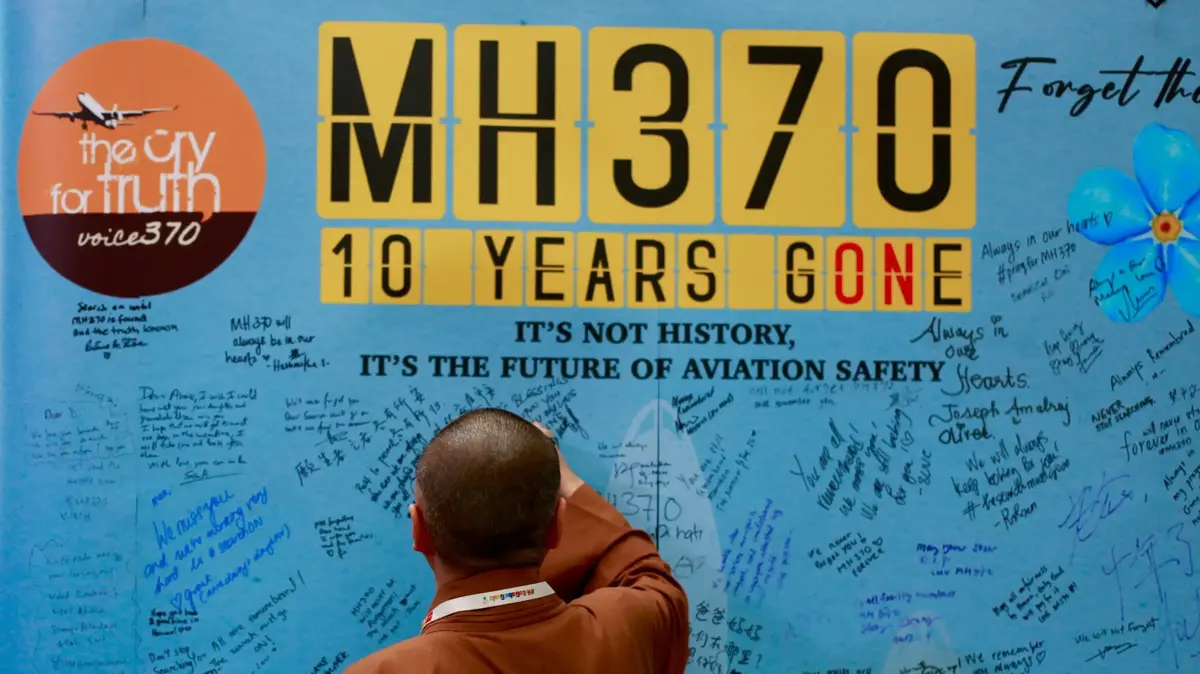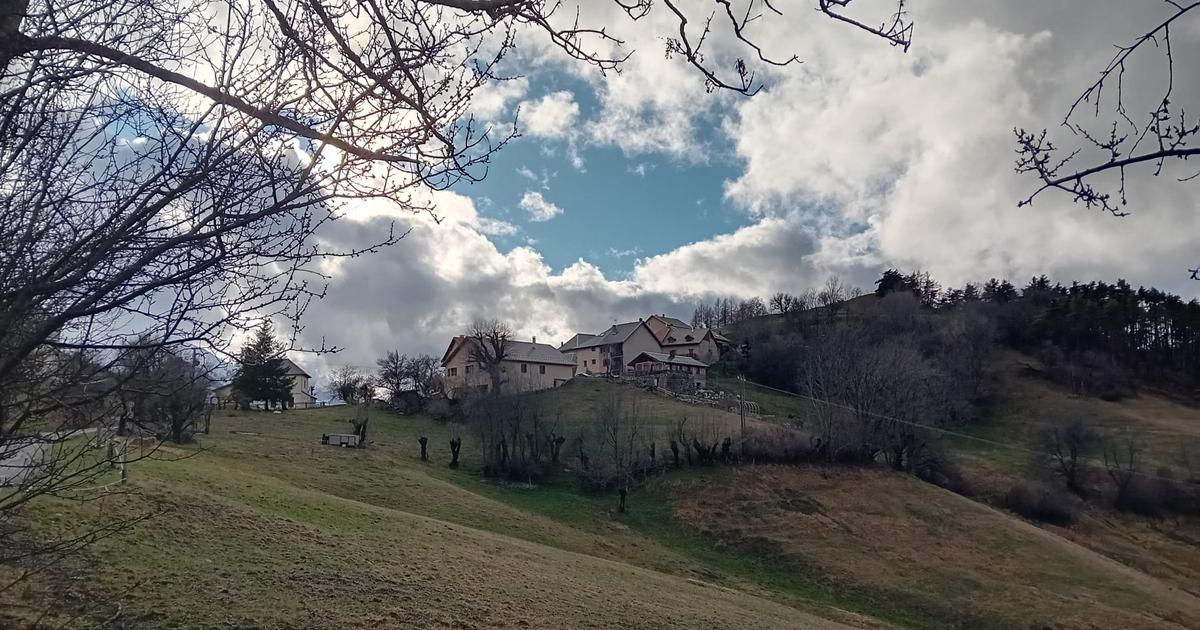Car sunk in a river 20 years ago is a valuable 1:34 track
(CNN) -
Mary Johnson was on her way to a friend's house in Oso, Washington, the day before Thanksgiving, but she never came.
A year later, his disappearance remains a mystery.
Johnson, then 39 years old and a registered citizen of the Tulalip tribes, was last seen on the reservation on November 25, 2020.
Despite family members posting flyers and a billboard on a local interstate, and the FBI offering a reward for the information, Mary Johnson, like many other missing Native American women in the United States, has not been found.
"At this point, we are driven by information, whatever information we get is tracked, but the clues are getting harder and harder to find as we go along," said Wayne Schakel, Detective Sergeant with the Tribal Police Department. from Tulalip.
They ask for more attention to the missing
For years, families and activists have demanded that authorities pay more attention and resources to the cases of missing and murdered indigenous women, arguing that their cases are often ignored or dismissed.
advertising
Federal and state officials have recently publicly acknowledged that there is a "crisis of violence" against Native Americans and have made efforts to address it, but advocates say their response is not enough.
"Nothing has changed. Nothing has changed for our communities. The rate of violence has not decreased. The prosecution rate has not increased," said Annita Lucchesi, executive director of the Sovereign Bodies Institute, an organization that has been tabulating cases of disappearances. and assassinations of Native Americans over several years.
Last week, President Joe Biden signed an executive order directing federal agencies, including the Justice, Interior and Homeland Security departments, to create a strategy within 240 days to address this "crisis of violence" against Native Americans.
"For too long, justice has been elusive for many Native American victims, survivors and families. The complexities of criminal jurisdiction and resource constraints have left many injustices unaddressed," Biden said in the order.
The president also said that "the previous decree has not achieved enough changes to reverse the epidemic."
Biden is the first US president to issue a proclamation commemorating Indigenous Peoples' Day
The numbers
Nearly 5,300 American Indian and Alaska Native girls and women were reported missing last year, data from the National Center for Crime Information shows.
Of those cases, 578 were reported as "active" at the end of the year.
Advocates and experts say those figures are not exhaustive, and various groups, such as the Sovereign Bodies Institute, have been tasked with collecting data as a way to raise awareness and hold law enforcement agencies accountable.
Lucchesi, who is a descendant of the Cheyenne tribe, says a key problem fueling this crisis is a lack of empathy for victims from both community members and law enforcement.
"The families still have the same needs that they had two years ago, five years ago. The forces of order continue to ignore them. The cases remain unsolved and the violence continues," he said.
Federal officials are stepping up their efforts
The issue of missing and murdered indigenous peoples is now under the spotlight, and federal officials announce actions to bolster resources to address it.
The Justice Department said Tuesday it will allocate $ 800,000 to the National Missing and Unidentified Persons System (NamUs) to provide outreach, investigative support and forensic services to cases involving American Indians and Alaska Natives.
Last week, Attorney General Merrick Garland said the Justice Department will dedicate more than $ 90 million in grants to launch a committee dedicated to addressing the crisis of missing or murdered indigenous peoples.
"The Department of Justice has already begun piloting these plans, which are driven by community needs, led by tribes, and supported by federal law enforcement. We hope that we will advance meaningful responses to indigenous cases. missing or killed and serve as a "Plan for Advancement," Garland said during the White House Summit of Tribal Nations last week.
Biden's order and the Justice Department's financial commitments come just weeks after the Government Accountability Office released an analysis of the federal response to this crisis of violence.
The report indicates that federal officials have not done enough to address the problem and have not fully implemented two laws designed to combat it.
New tools
The legislation, the Savannah Law and the Non-Invisible Law, were enacted in October 2020 and require the Justice and Interior departments to take various actions to increase coordination, training, and data collection.
The report shows that the agencies have taken some initial steps, but have not met the deadlines set by law.
While there are four federal databases that include information on missing and murdered indigenous peoples, the report's authors did not find complete data on the crisis, preventing federal officials from knowing the full scope of the problem.
A month after being confirmed, Interior Secretary Deb Haaland took steps to address this crisis of violence against indigenous peoples.
In April, he announced the creation of a new unit within the Bureau of Indian Affairs to "help put the full weight of the federal government" to investigate the cases and coordinate resources between federal agencies and the Indian country.
At the state level, legislators in Arizona, Wisconsin, Utah and several other states have launched task forces or created offices to combat crime against Native Americans in the past three years.
In Oklahoma, Governor Kevin Stitt signed the Ida law earlier this year to secure federal funding to create a local office for the Missing and Murdered Indian Liaison Office.
The legislation is named after Ida Beard, 29, a citizen of the Cheyenne and Arapaho tribes, who disappeared in 2015 and has not been found.
Lucchesi and other advocates welcome the increased awareness of the issue, but remain skeptical whether their efforts will help overcome a host of challenges families face when a loved one goes missing, including jurisdictional issues and red tape that often slow down procedures. research.
"What is the point of creating (new) initiatives to address this crisis when the laws they already passed are not being implemented?" Lucchesi said.
CNN's Christina Carrega contributed to this report.
indigenous communities













